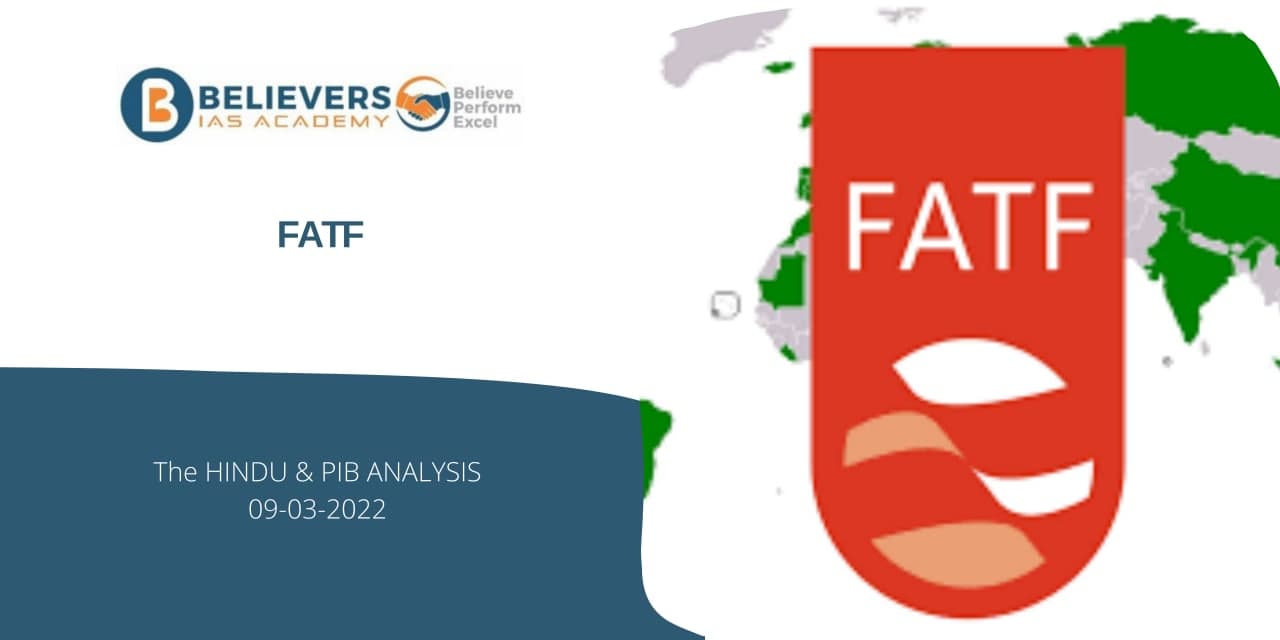An icy warning: Threats from glaciers
Context:
The recent catastrophic episode at the Chungthang dam in Sikkim, stemming from the South Lhonak Lake’s surge due to a melting glacier, accentuates the immediacy of the issue. A separate report by the International Centre for Integrated Mountain Development paints a grim picture, revealing that glaciers in the Hindu Kush Himalayas vanished at a startling 65% faster rate in the 2010s compared to the previous decade.
Relevance:
GS – 01 (Physical Geography)
Mains Question:
Discuss the urgency of categorizing glacier-related risks on par with natural disasters like cyclones and earthquakes, emphasizing the need for early warning systems. (250 words)
Dimensions of the Article:
- Global Thinning of Glaciers
- Vanishing Reference Glaciers
- Regional Disparities
- Impending Disappearance in Africa
- GLOF and Uttarakhand Catastrophe
- Chungthang Dam Disaster
- Accelerated Glacier Melting in Himalayas
- Future Projections and Freshwater Threat
- Sensitivity of Glacier Systems
- Elevating Glacier-Related Risks
Global Thinning of Glaciers:
- The alarming phenomenon of glaciers thinning globally by an average of one meter annually serves as a poignant indicator of the profound impacts of climate change. This unsettling trend, highlighted in the World Meteorological Organization’s report, signifies a critical aspect of the cryosphere’s response to escalating greenhouse gas emissions.
- The very fabric of these frozen giants, once steadfast in their grandeur, is unraveling, demanding urgent attention to comprehend and address the overarching consequences. This global thinning, while reflecting climate upheaval, also emphasizes the need for a comprehensive understanding of the intricate dynamics within the cryosphere.
Vanishing Reference Glaciers:
- The disappearance of reference glaciers, crucial for long-term assessments of glacier health, amplifies the gravity of the crisis. These glaciers, once stable benchmarks, are succumbing to the relentless forces of climate change, disappearing from the landscape and leaving an indelible mark on the planet’s environmental narrative.
- Their vanishing act prompts a reflection on the intricate interplay between atmospheric warming and the fragile equilibrium of glacial systems. The urgency to protect and preserve these reference glaciers becomes a poignant call to safeguard the fundamental benchmarks guiding our understanding of the cryosphere’s health.
Regional Disparities:
- While the overarching pattern of global glacier diminution is evident, regional disparities in the thinning process add layers of complexity to the narrative. Understanding these regional variations is crucial to unravel the nuanced impacts of climate change on different geographical scales.
- The interplay of local climatic conditions, geographical features, and human activities in influencing glacier health underscores the need for a nuanced and region-specific approach to mitigate the consequences of glacial thinning.
Impending Disappearance in Africa:
- The impending disappearance of glaciers on the Rwenzori Mountains, Mount Kenya, and Kilimanjaro signals an environmental crisis for the African continent. These frozen peaks, once resilient symbols of Africa’s diverse landscapes, are succumbing to the relentless forces of climate change.
- The ecological, hydrological, and societal implications of losing these glaciers are far-reaching, demanding urgent attention to preserve the delicate balance within African ecosystems. The impending disappearance in Africa unveils the interconnectedness of global climate dynamics, emphasizing the need for concerted global efforts to address the continent-specific consequences of glacial decline.
GLOF and Uttarakhand Catastrophe:
- The specter of Glacier Lake Outburst Floods (GLOF), vividly illustrated by the catastrophic Uttarakhand floods of June 2013, underscores the profound threats posed by glacial melt. These events, triggered by the surge of glacial lakes, present a potent reminder of the far-reaching consequences of climate change on vulnerable regions.
- The Uttarakhand catastrophe serves as a stark lesson on the cascading impacts of glacial decline, prompting a reevaluation of risk perceptions and preventive measures against GLOF events globally.
Chungthang Dam Disaster:
- The recent destruction of the Chungthang dam in Sikkim, a poignant result of the South Lhonak Lake’s surge from a melting glacier, serves as a tangible manifestation of the immediate and catastrophic risks associated with glacier-related events.
- This real-time disaster accentuates the urgency of implementing robust preventive measures, early warning systems, and meticulous risk assessments. The Chungthang dam disaster stands as a clarion call for proactive measures to protect vulnerable regions from the perilous consequences of glacier melt.
Accelerated Glacier Melting in Himalayas:
- The Himalayas, a majestic and formidable mountain range, are witnessing an accelerated disappearance of glaciers, reaching a startling 65% faster rate in the 2010s compared to the previous decade. This revelation underscores the urgency of addressing the escalating crisis in this ecologically sensitive region.
- The accelerated melting of glaciers in the Himalayas demands a targeted and region-specific approach to mitigate the impending consequences, emphasizing the need for immediate and collective action.
Future Projections and Freshwater Threat:
- Projections based on the current trajectory of global greenhouse gas emissions paint a daunting picture, foreseeing a decline in glacier volume ranging from 55% to 75% by the end of the century. This grim reality translates into imminent threats to freshwater supply, posing severe challenges to regions dependent on glacier-fed rivers.
- The looming freshwater threat highlights the urgency of developing comprehensive strategies and initiatives to protect these vital water sources and the ecosystems they support.
Sensitivity of Glacier Systems:
- The evident sensitivity of glacier systems to warming climates underscores the imperative for meticulous monitoring and preventive measures. Glacial systems, once considered resilient, are now revealed as fragile ecosystems susceptible to the intricate dance of temperature fluctuations.
- The heightened sensitivity emphasizes the need for advanced monitoring techniques, early warning systems, and a proactive approach to safeguard these crucial components of Earth’s climate dynamics.
Elevating Glacier-Related Risks:
- The imperative to categorize glacier-related risks on par with natural disasters like cyclones and earthquakes emerges as a crucial policy shift. Authorities must recognize the silent yet potent threats posed by contracting glaciers and implement early warning systems akin to those in place for more visibly destructive natural events.
- The elevation of glacier-related risks demands comprehensive risk assessments, vulnerability mapping, and infrastructure development aligned with the highest standards of care. The call to action resonates not only for the preservation of glaciers but for the protection of ecosystems, livelihoods, and the delicate balance of our planet’s climate.
Way Forward:
- The urgency of the situation necessitates prompt action and a paradigm shift in risk perception. Authorities must elevate glacier-related risks to the same risk category as cyclones and earthquakes, fostering early warning systems and comprehensive risk assessments.
- Proactive measures, including vulnerability mapping and meticulous infrastructure development, should be prioritized to mitigate the impending consequences of glacier depletion.
- The global community must unite to formulate strategies and initiatives to protect vulnerable regions and ecosystems from the silent crisis unfolding in the cryosphere.
- The path forward demands a collective commitment to safeguarding our planet from the perilous impact of vanishing glaciers on the very fabric of our environment and livelihoods.



